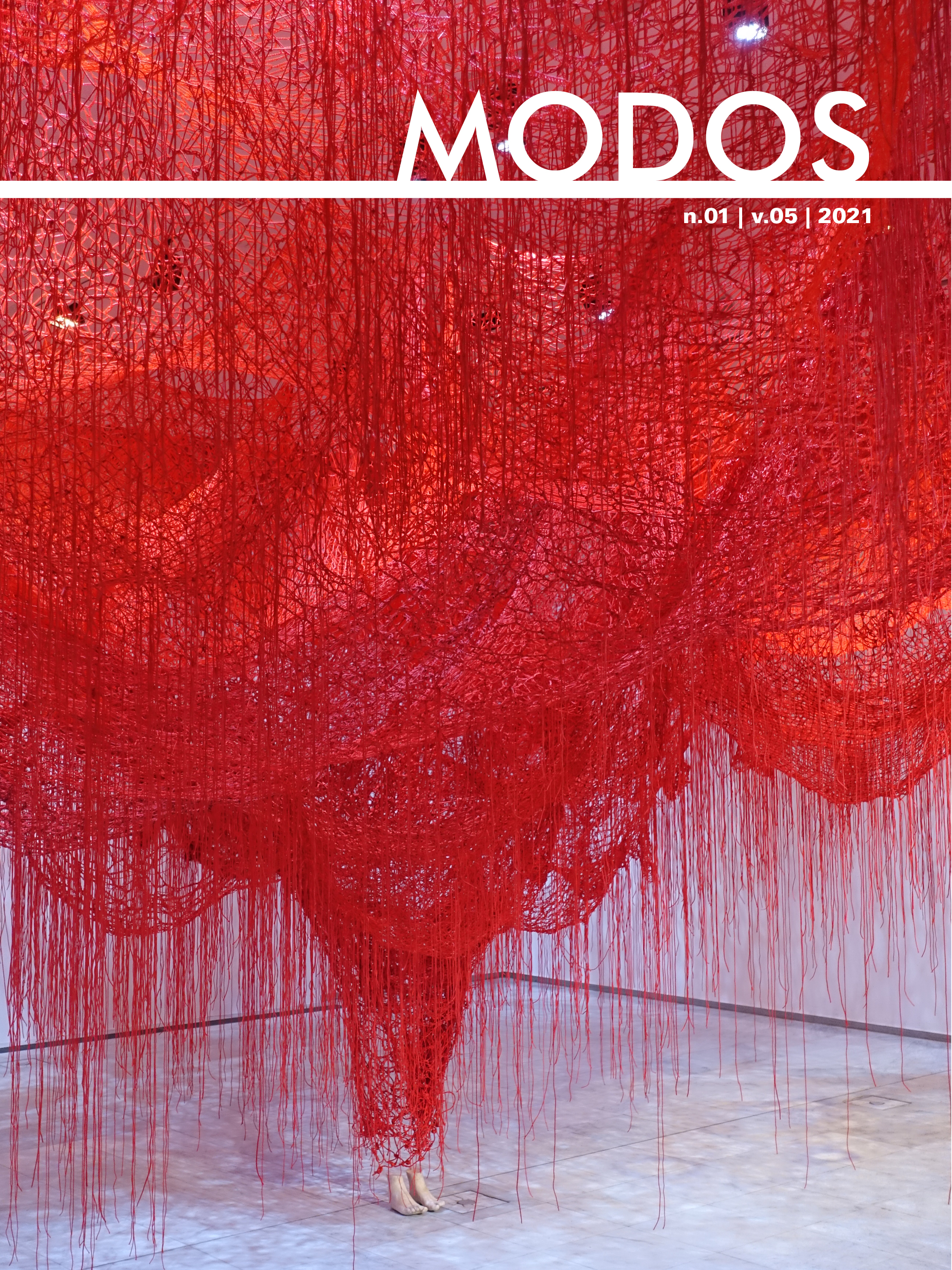Abstract
In this article I discuss the aesthetic difficulties that the use of the television, in the first experiences with video, imposed on artists. Furthermore, I will call attention to the different orders of epistemological rearrangements in art and museum spaces that the video has induced. I'll focus on the immersion cabins solution, designed as an active device for direct capture, which involves the viewer in a dialogical relationship that places him in the unusual position of a spontaneous performer when faced with his self-representation.
References
BELTING, H. A verdadeira imagem. Porto: Dafne Editora, 2011.
CRIMP, D. Sobre as ruínas do museu. São Paulo: Martins Fontes, 2005.
DIDI-HUBERMAN, G. Atlas ou o gaio saber inquieto. Belo Horizonte: Editora UFMG, 2018.
JEUDY, H.-P. O corpo como objeto de arte. São Paulo: Estação Liberdade, 2002.
KLÜSER, B.; HEGEWISCH, K. (Org.). L’art de l’exposition: une documentation sur trente expositions exemplaires du XXe. Paris: Editions du Regard, 1998.

This work is licensed under a Creative Commons Attribution-NonCommercial-ShareAlike 4.0 International License.
Copyright (c) 2021 Luciano Vinhosa Simão

